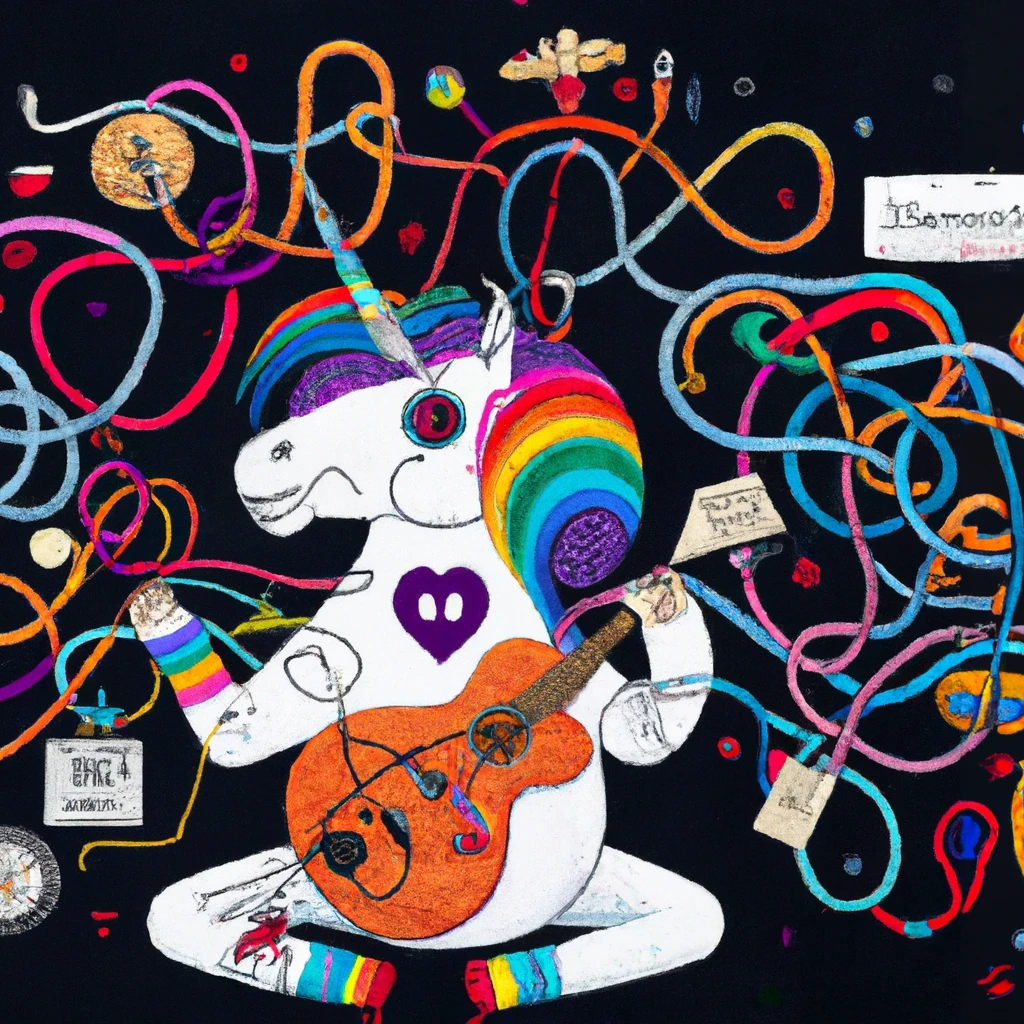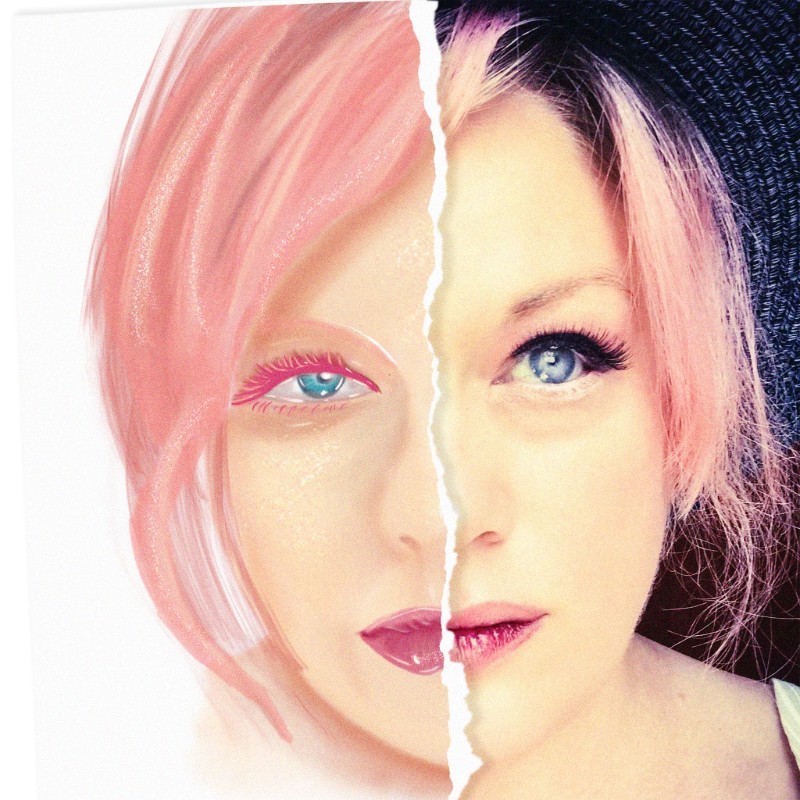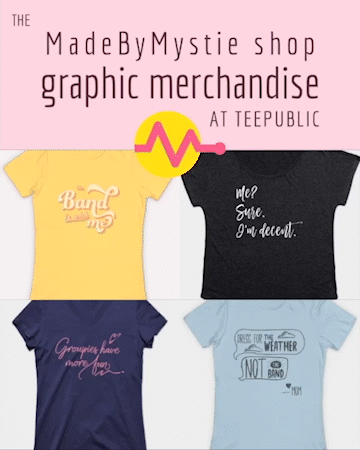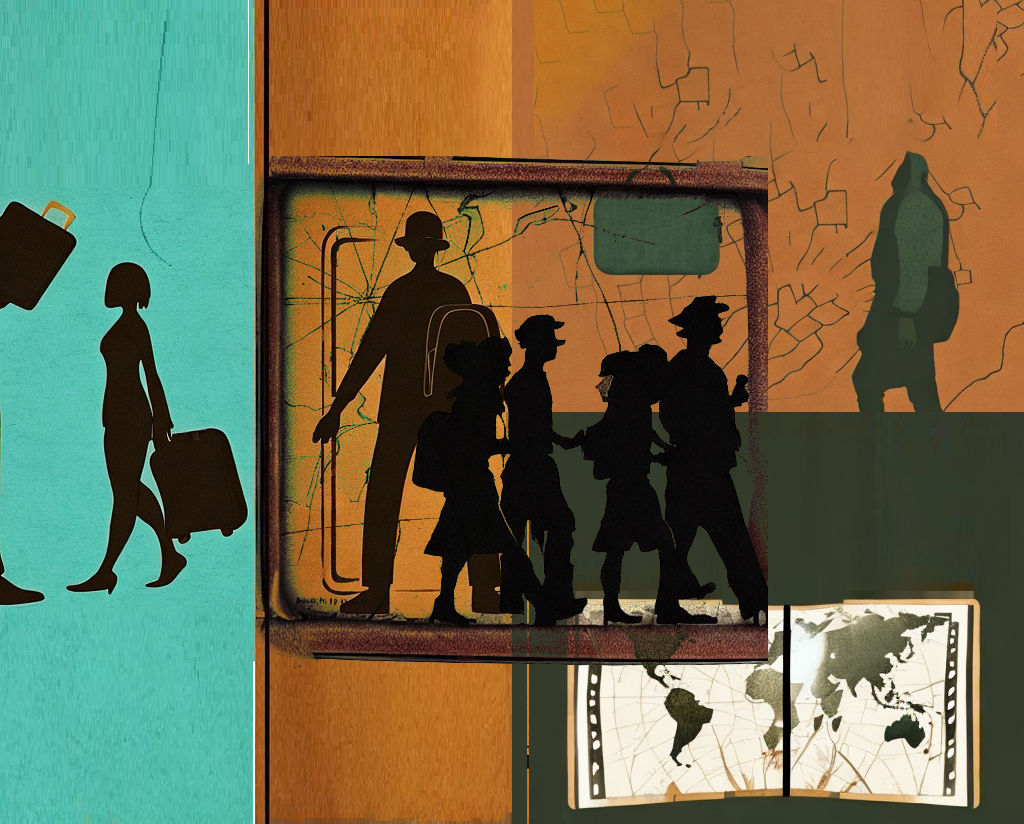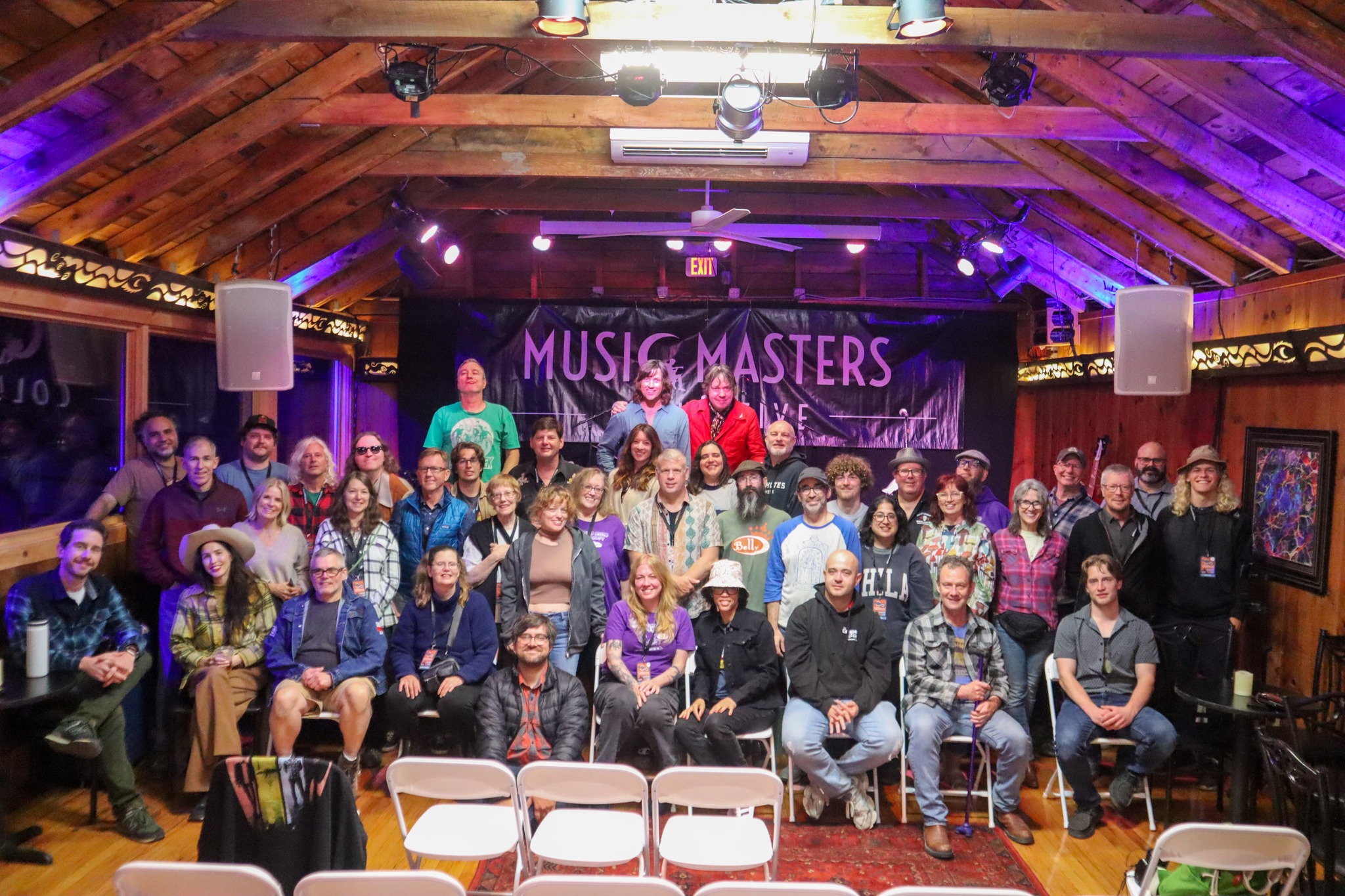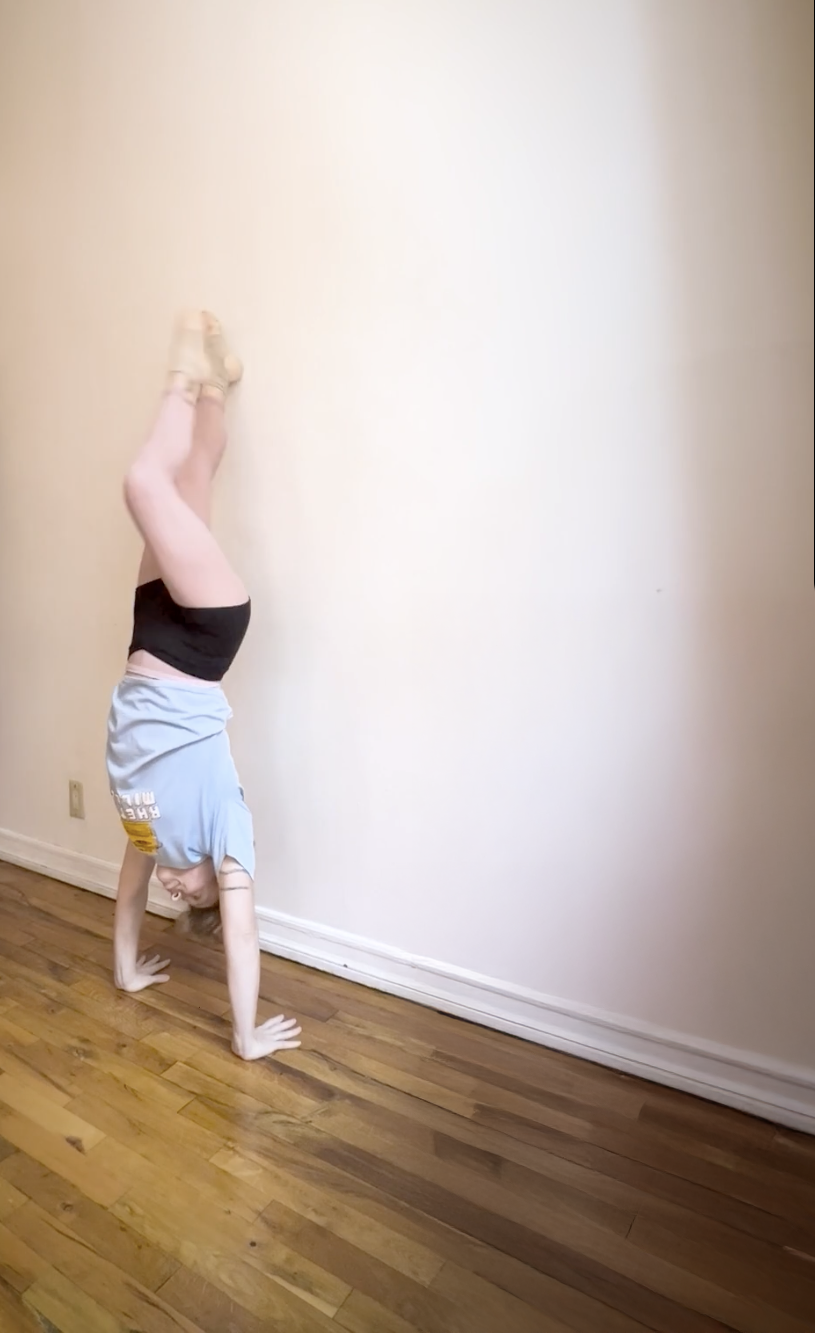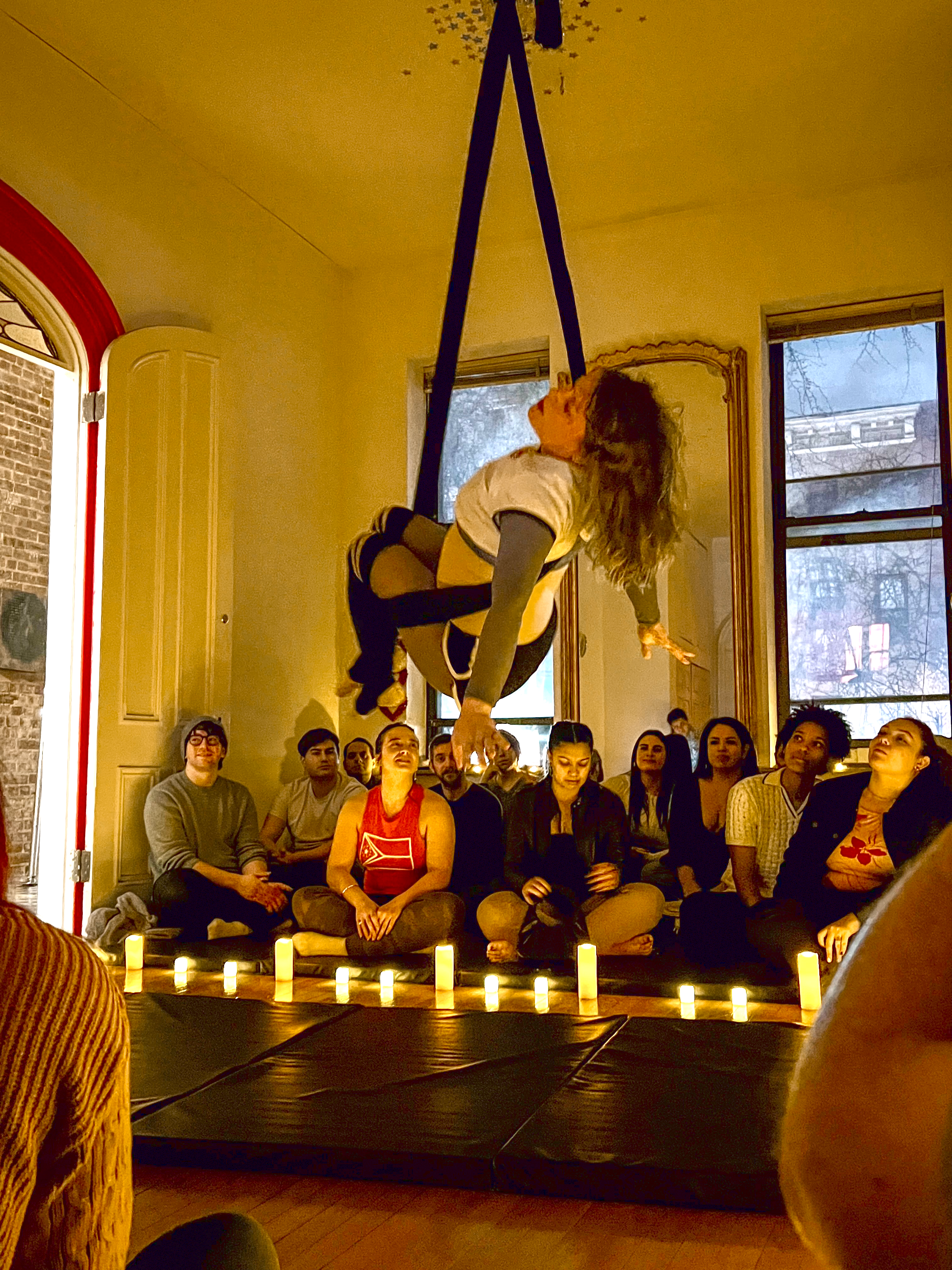During the COVID-19 quarantine, I found solace in the radio, tuning in to its static and hum as the world outside was stilled by stay-at-home orders. Amidst the cacophony of voices, I heard a refrain of desperation from those who felt trapped, unable to do anything or know anything else. The challenges of relying on a single income stream and watching their industries shut down left them exposed and powerless to the winds of change.
In their words, I recognized the fear that I, too, had felt: the fear of being confined to a single path, of having no escape from the whims of the world. The pandemic laid bare the fragility of our lives, our choices, and the cruelty of a reality that could easily take everything away.
The Great Resignation, a trend marked by the mass departure of employees from their jobs, was born in the aftermath of the COVID-19 pandemic. This phenomenon, also known as the Big Quit and the Great Reshuffle, exposed the cracks in the foundation of our work lives – wage stagnation in the face of rising costs, limited career advancement, toxic work environments, inadequate benefits, inflexible remote work policies, and a deep-seated dissatisfaction with our jobs. The hospitality, healthcare, and education industries bore the brunt of this exodus as workers sought a new way forward.
[aux_quote type=”pullquote-normal” text_align=”left” quote_symbol=”1″ float=””] The societal pressure to conform to this ideal reinforces the harmful concept that artistic pursuits and financial stability are incompatible, leading to the belief that those who cannot fully commit to their craft are inferior in authenticity or talent.[/aux_quote]
As more and more people pivoted towards creative careers, the market became increasingly saturated. This saturation made it even more challenging for individuals to define themselves as “creative professionals” and to differentiate themselves from the abundance of others in the same field.
The struggle to stand out in an oversaturated market was further compounded by the pressure to conform to the limiting notions. The idea of the “starving artist” and the “solitary genius” has romanticized the idea that success in the arts or other creative fields requires singular focus, personal sacrifice, and exceptional talent. This overlooks the practical considerations, such as financial stability, that one must consider when pursuing their passion. The societal pressure to conform to this ideal reinforces the harmful concept that artistic pursuits and financial stability are incompatible, leading to the belief that those who cannot fully commit to their craft are inferior in authenticity or talent.
The notion that only the privileged deserve recognition as “real” creative professionals perpetuate the illusion of meritocracy in the arts. This belief, steeped in societal pressures and cultural biases, reinforces the harmful idea that financial stability and artistic pursuits are mutually exclusive.
However, the truth is that the ability to pursue one’s passion is not solely dependent on personal merit but shaped by more prominent cultural and societal factors. The idea of deserving recognition and success in creative pursuits is complex. It cannot be equated solely with personal effort or sacrifice. It is essential to question and re-evaluate these beliefs about creativity and its place in society.
And so, amid this upheaval, there was a glimmer of hope. The pandemic forced us to confront our own limitations, re-evaluate our lives, and envision a future that was once beyond our imagination. We were compelled to peel back the veil on the false narratives that had held us captive, to question the myths that defined us, and to chart a new course. In this sense, the Great Resignation was a resignation from our jobs and the stale and unsatisfying status quo, a step towards the unknown but with the promise of something unpretentious.
As a result, I, too, have taken a different approach that challenges societal norms and expectations. By embracing a multifaceted approach and cultivating a diverse range of skills and experiences, I hope to gain a deeper understanding of my identity and find new opportunities and benefits in my life and work.
Those who embrace the “m-shaped” approach often find themselves at odds with the norms and conventions of society. Yet, precisely this tension provides the unique perspectives and experiences that make this journey so fulfilling.
While consulting with a career coach, In the postgraduate phase of my design boot camp, I encountered the “T-shape” metaphor, defining the breadth and depth of a person’s skills. An array of alternative terms existed as suggested synonyms: Versatilist, Generalizing Specialist, Technical Craftsperson, Renaissance Developer, and Master Generalist. As I delved into the subject, various shape definitions were refined. I was particularly drawn to the m-shape, as it resonated most with my experiences.
The notion of the “m-shaped” individual, as coined by Forrest Z. Shooster, is a testament to the many paths one can take in their career journey. Those who embrace this concept possess a depth of knowledge that extends across several fields rather than a mere surface-level understanding or a singular focus. The complexity of their expertise lies in the intersections of these fields, where they specialize and find fulfillment.
In a world where societal expectations dictate linear career paths, the decision to follow a divergent trajectory is one of both complexity and contradiction. Those who embrace the “m-shaped” approach often find themselves at odds with the norms and conventions of society. Yet, precisely this tension provides the unique perspectives and experiences that make this journey so fulfilling.
One may question what impels individuals like myself to forsake the conventional path and embrace a career that defies easy categorization. For some, it may be a yearning to test their abilities’ limits and delve into their identity’s intricacies. For others, it may be an irrepressible spirit that refuses to be confined within the borders of a single field. Regardless of the motivation, the “m-shaped” adjective offers a fluidity frequently absent from traditional career descriptions.
The language used to describe job openings in the creative disciplines reveals the industry’s desire for multi-talented and versatile professionals. This terminology highlights the need for individuals who bring a fresh and innovative approach to their work and, like any letter-shape metaphor, possess a broad spectrum of skills and knowledge.
The expectation to embody the traits of a “rockstar” or a “unicorn” can lead to a toxic work environment, where the pressure to perform at an unrealistic level and the possibility of burnout is ever-present.
The design and development fields have coined “rockstar” and “unicorn” to celebrate its high-performing professionals, recognizing their talent, confidence, and work brilliance. The “unicorn” designer is seen as an even rarer breed, possessing a unique blend of skills and experiences, a vaguely defined jack of all trades in creative development.
But as with any legend, there is often a darker side to these mythical creatures. The expectation to embody the traits of a “rockstar” or a “unicorn” can lead to a toxic work environment, where the pressure to perform at an unrealistic level and the possibility of burnout is ever-present. It can also contribute to a distorted understanding of the creative profession, prioritizing flash and flair over the hard work and dedication required to produce quality, meaningful, and impactful work.
Despite the tarnished allure surrounding the labels of “rockstar” and “unicorn,” the emergence of the multi-hyphenate professional marks a hopeful transformation in our perception of work and achievement.
The multi-hyphenate approach to work offers a refreshing alternative to the traditional career paths of the past, where individuals were often confined to a single job title and a linear trajectory. With technological advancements and the growing need for agility in a rapidly changing world, the multi-hyphenate model is becoming more and more relevant.
These individuals, who seamlessly blend multiple talents, skills, and passions into a dynamic career, are leading toward a more diverse and innovative workforce. They are not afraid to take risks, embrace new opportunities, and continuously challenge themselves to grow and evolve. They bring unique perspectives, creativity, and versatility to the table, making them highly sought after by employers and valuable contributors to any team.
The nuanced and complex definitions of the multi-hyphenate, M-shaped concept resonate with my sense of self and offer a new lexicon to describe my multifaceted identity and experiences. This diverse knowledge provides new vistas to my artistic efforts and offers ample information to create dynamic and varied works.
Exploring the crossroads of different disciplines invites collaboration with individuals from diverse backgrounds. It reveals fresh ways of contemplating my themes and concepts. The transdisciplinary approach unites various fields and enables me to seamlessly incorporate my other passions and skills, creating a cohesive body of work that reflects my ability.
By combining all these approaches, I challenge myself to create a meaningful and impactful blend of art and design.
Nevertheless, As a late bloomer, I grapple with my yearning to cultivate multiple passions and society’s narrow expectations for me to concentrate. This inner conflict, coupled with the feeling of falling behind, is a heavy burden.
This tension is a common struggle. Society imposes a strict, linear path to success that offers little room for individuality or deviation. Those who dare to compare their footsteps to successful prodigies before them, like Mary Shelley, who wrote “Frankenstein” at 19, may experience feelings of inadequacy and self-doubt. The terror of being unable to measure up can hinder creativity and development.
Established stars are often seen as the norm in acting, leaving little room for those starting later in life. But Alan Rickman’s story serves as a reminder that creativity and passion can blossom any time. He earned his breakout role when he was 42, proving that age should not hinder success in any field.
Through his determination and talent, Rickman inspires others to never give up on their dreams, no matter how late they may seem to arrive.
As technology continues its relentless progression, we must be ready to redirect, adjust, and discover new avenues when our established paths no longer bring us closer to our aspirations.
In the traditional narrative of success, the idea of having a Plan B is often seen as a lack of commitment, a failure of resolve, or a surrender to uncertainty. The notion of a backup plan runs counter to the ideal of single-minded pursuit and unwavering confidence and is often considered unglamorous or uninspired. To pursue success in this conventional mold is to risk everything, chase the dream with an unshakable conviction, and never consider the possibility of failure. In this narrative, having a Plan B is not just uncool; it is unacceptable.
However, as we stand at the junction of progress and possibility, it becomes evident that having a Plan B is not just a prudent decision but an imperative in a world of continuous transformation and disruption. As technology continues its relentless progression, we must be ready to redirect, adjust, and discover new avenues when our established paths no longer bring us closer to our aspirations.
“I took the road less traveled,” wrote Robert Frost. He captured the spirit of nonconformity and individuality that pervades our society with simple words. But what does it indeed mean to take the road less traveled? For some, it may mean charting an unconventional path in their career or personal life, forgoing societal expectations, and forging their own way. For others, it may be a symbol of their refusal to be swayed by the opinions of others, instead staying true to their own beliefs and values. Whatever the interpretation, taking the road less traveled requires courage, conviction, and a willingness to embrace the unknown. And in a world that so often prioritizes conformity and convention, it is a genuinely radical act.
I refuse to be defined by the speed at which I accomplish my goals or the number of years I’ve lived. I reject the notion that there is only one prescribed path to success. When I pick up my pen, I let my voice and vision guide my words, persevering through challenges. My versatility distinguishes me, and in moments of clarity, I recognize that the challenges of being a multi-hyphenate artist enrich and authenticate my work.
The road less traveled, full of bumps and obstacles, has its own rewards. Embracing the challenge of making a living as an m-shaped artist may be arduous. Regardless, it makes my story unique and worth telling. By forging my own path, I am not limited by societal expectations or the pursuit of a conventional career. Instead, I am free to create, struggle, and thrive in my own way, following the beat of my own drum.
So, with a pencil in hand, I take to the stage and let my voice soar in as many directions as I desire. I won’t allow societal norms, others’ expectations, or the ticking clock to constrain me. As an artist, blossoming slowly and on my own terms, I will continue to create, struggle, and thrive. That’s what it means to be a real multi-hyphenate rockstar unicorn in this day and age, no matter when the journey began.
